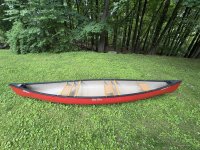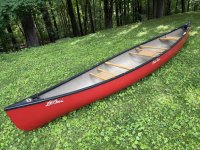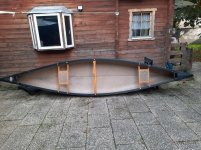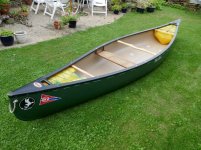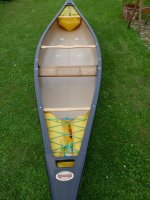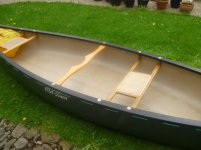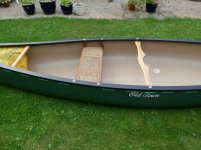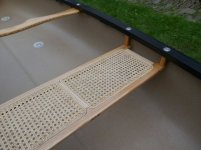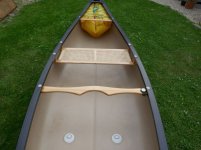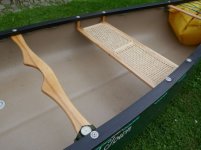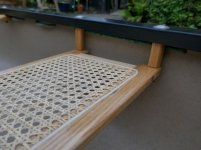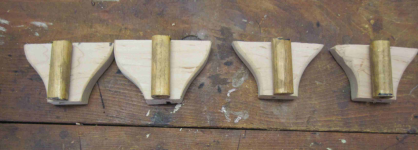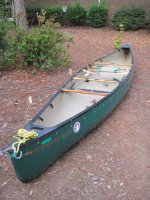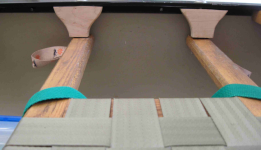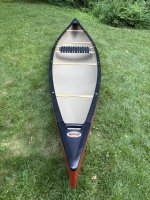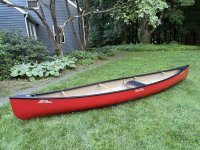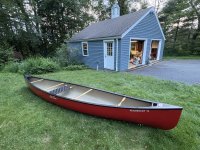Hi there, today I picked up an Old Town Penobscot 16 that's in great shape. It's heavier than I want it to be, but I like the durability of royalex, and that it can take me places where I probably wouldn't allow my wood and canvas to go. As you can see from the photos, this version comes with three seats and two thwarts. If I wanted to make it into a solo craft, would I negatively impact the integrity of the hull if I just removed the bow and stern seats (while leaving the two thwarts and the center seat)? Do those bow and stern seats strongly contribute to the shape of the hull? I don't know if the boat would flex or flare out if they were removed. I'm wondering if others have experience with this, or opinions that may be rooted in more experience than what I have. Many thanks!
